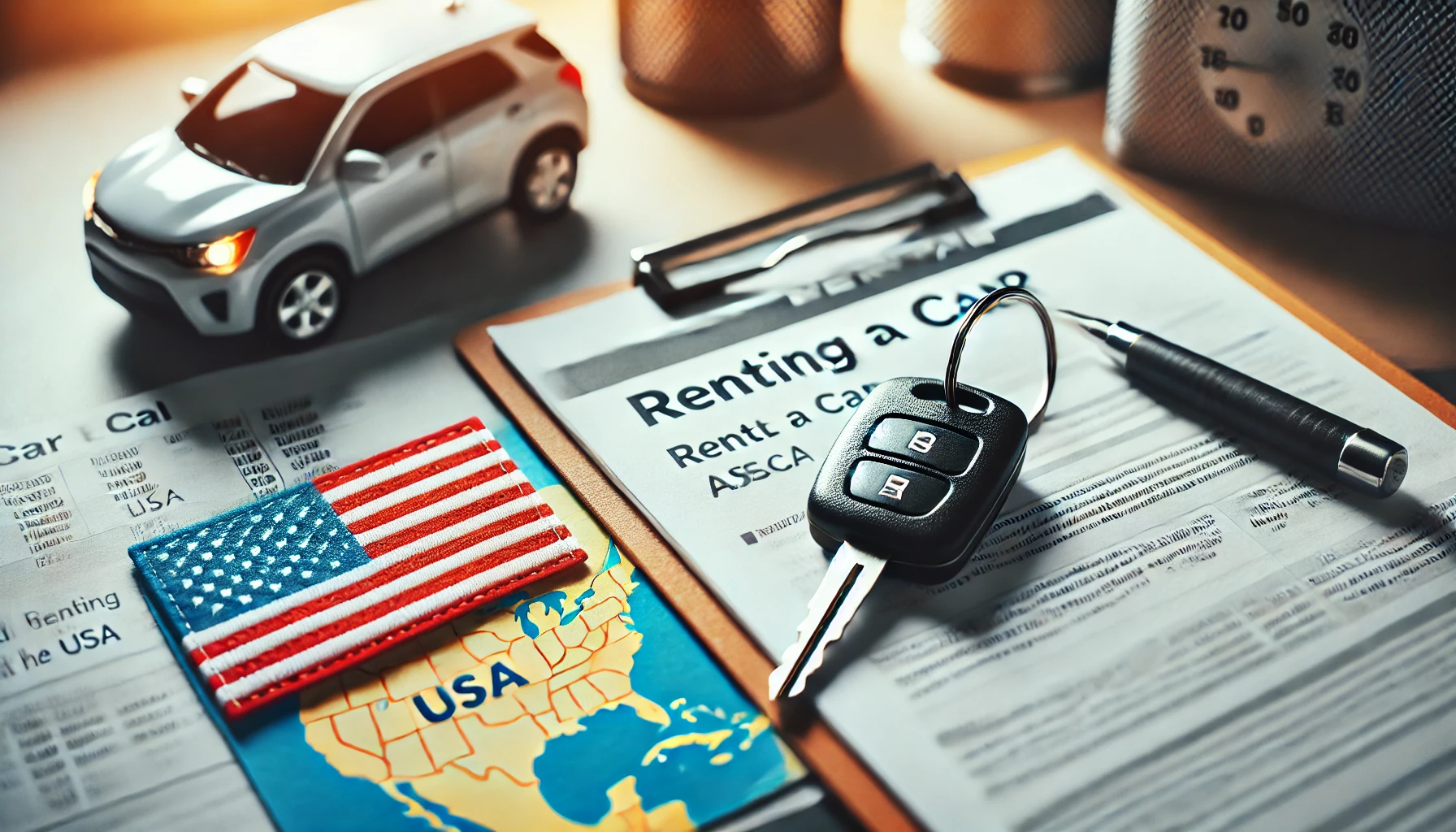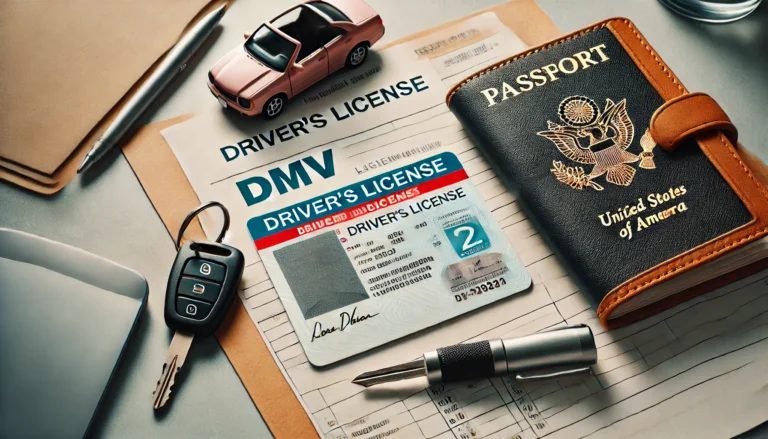A Guide to Renting a Car in the United States
Introduction
Renting a car in the United States can enhance your travel experience by providing the flexibility to explore at your own pace. Whether you’re traveling for business or leisure, here’s a comprehensive guide to help you navigate the process of renting a car in the U.S.
1. Choosing the Right Rental Company
Several well-known rental companies operate throughout the U.S., each offering different services and pricing. Some of the top companies include:
- Enterprise Rent-A-Car
- Hertz
- Avis
- Budget
- National
- Sixt
Tips:
- Compare Prices: Use websites or apps like Kayak, Expedia, or Rentalcars.com to compare rates.
- Read Reviews: Check customer reviews on platforms like Google or TripAdvisor to gauge reliability and service quality.
2. Understanding Rental Requirements
To rent a car in the U.S., you typically need to meet specific requirements:
- Age: Most companies require drivers to be at least 21 years old. Drivers under 25 may incur additional fees (often called a “young driver surcharge”).
- Valid Driver’s License: A valid driver’s license from your home country or an International Driving Permit (IDP) is usually required.
- Credit Card: A major credit card is often needed for the rental deposit. Some companies accept debit cards, but terms vary.
- Insurance: You may need proof of insurance coverage, either from your personal auto insurance or a credit card that provides rental car insurance.
3. Making a Reservation
Booking in advance can save you money and ensure availability. Here’s how to do it:
- Online Booking: Most rental companies allow you to reserve a car online. Provide your rental dates, location, and vehicle preferences.
- Phone Reservations: If you prefer, you can call the rental company directly to make a reservation.
- Pick-Up and Drop-Off Locations: Choose convenient locations, such as airports or hotels. Some companies offer free shuttle services from airports to their rental locations.
Tips:
- Flexible Dates: If your travel dates are flexible, check rates for different days to find the best deal.
- Discount Codes: Look for promo codes or discounts, especially if you are a member of AAA, AARP, or other organizations.
4. Choosing the Right Vehicle
Rental companies offer a wide range of vehicle types. Consider the following when selecting a car:
- Size: Choose a vehicle that fits your needs. For example, a compact car may be ideal for city driving, while an SUV might be better for road trips or rough terrain.
- Fuel Efficiency: Consider renting a fuel-efficient vehicle, especially for long distances, to save on gas costs.
- Features: Look for additional features such as GPS, Bluetooth, and child safety seats if necessary.
5. Reviewing the Rental Agreement
Before signing the rental agreement, ensure you understand the terms and conditions:
- Rental Rates: Confirm the daily rate, taxes, fees, and any additional charges.
- Mileage Policy: Check if there are any mileage limits; some rentals offer unlimited mileage while others do not.
- Fuel Policy: Understand the fuel policy (full-to-full, pre-purchase, etc.) and return requirements.
- Insurance Coverage: Review available insurance options, including collision damage waiver (CDW), liability coverage, and personal accident insurance.
Tips:
- Inspect the Vehicle: Before driving off, inspect the car for existing damage and take photos. Report any issues to the rental company to avoid being charged later.
6. Picking Up the Vehicle
When picking up your rental car, follow these steps:
- Provide Documentation: Present your driver’s license, credit card, and rental confirmation.
- Vehicle Inspection: Inspect the car with a rental agent, noting any pre-existing damage and mileage.
- Get Familiar with the Vehicle: Adjust the seats, mirrors, and familiarize yourself with the vehicle’s controls before driving off.
7. Driving and Returning the Vehicle
While driving your rental car, keep the following in mind:
- Traffic Laws: Adhere to local traffic laws and regulations, including speed limits and parking rules.
- Tolls: Be aware of toll roads in certain areas. Some rental companies offer toll transponders for a fee.
- Return Process: Plan your return time. Fill the gas tank according to the rental agreement and return the vehicle to the designated location.
8. Post-Rental Considerations
After returning the vehicle, you may receive a final receipt. Here’s what to look for:
- Check Charges: Review your final bill for any unexpected charges.
- Security Deposit: If you used a credit card for the deposit, check that the hold is released after return.
Tips:
- Report Issues Promptly: If you encounter any problems with the car during the rental period, report them to the rental company as soon as possible.
Conclusion
Renting a car in the U.S. can enhance your travel experience by offering flexibility and convenience. By understanding the process, requirements, and best practices, you can navigate car rental smoothly. Always read the terms and conditions carefully, and ensure you have the necessary documents ready for a hassle-free rental experience. Safe travels!







